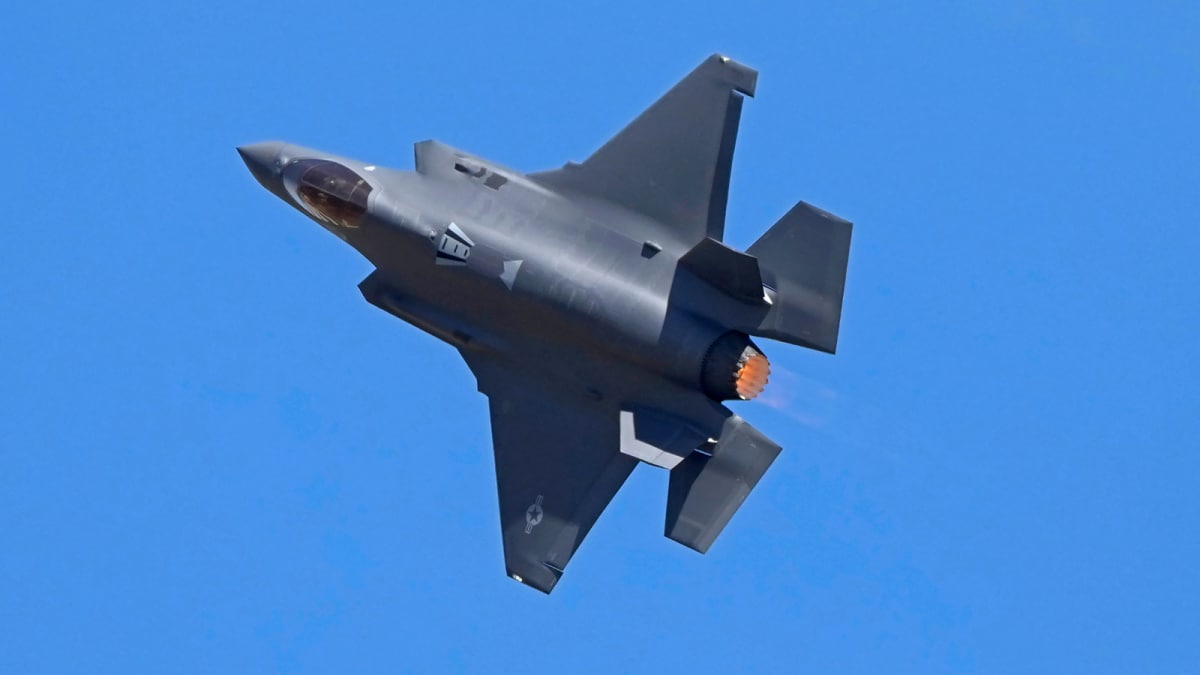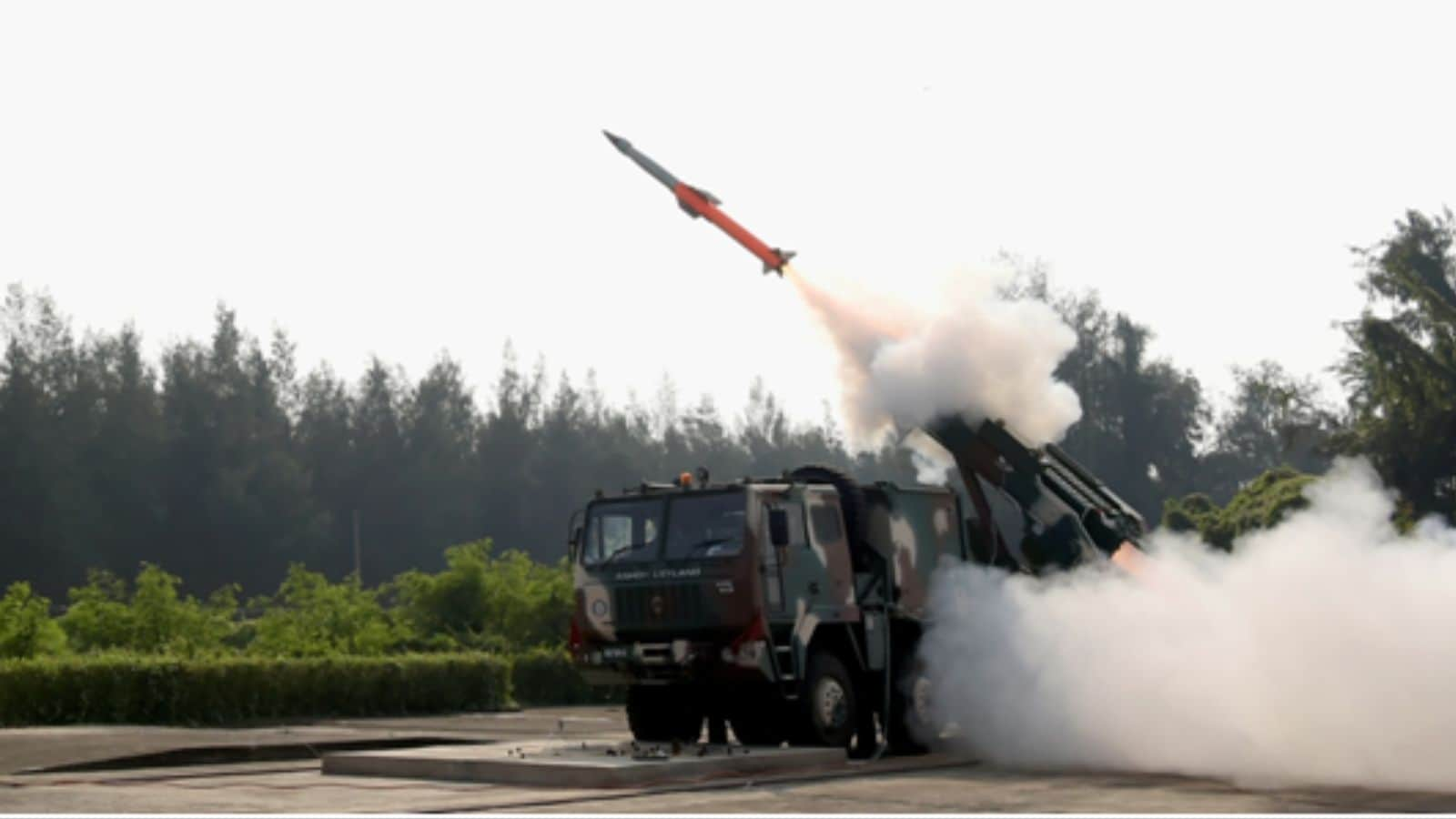The birth of red panda cubs after a gap of seven years has given a fresh lease of life to a conservation programme at the Himalayan Zoological Park near Sikkim’s capital, Gangtok.
Parents Lucky-II and Mirak gave birth to two cubs on June 15, but the park authorities announced the “significant milestone” on Friday (August 1, 2025). The cubs form the pair’s first litter together.
“This birth is especially heartening as it comes after a difficult seven-year period in the history of the Red Panda Conservation Programme, initiated in 1997. There were no successful births in these seven years due to challenges such as two outbreaks of canine distemper that nearly decimated the captive red panda population,” the park’s Director, Sangay Gyatso, said.
Canine distemper is a highly contagious, potentially fatal viral disease that affects the respiratory, gastrointestinal, and nervous systems of dogs and other carnivores.
Mr Gyatso said the park’s red panda (Ailurus fulgens) breeding programme began with Preeti, a female from Rotterdam Zoo in the Netherlands and Jugal from Darjeeling’s Padmaja Naidu Himalayan Zoological Park.
“Their successful breeding laid the foundation for a thriving genetic lineage. In 2005, the programme was further strengthened with the inclusion of a wild-origin pair, Lucky and Ram, helping expand and diversify the genetic pool,” he said.
All red pandas born under this programme are tracked through national and international studbooks to ensure healthy genetic variability and global breeding cooperation, the park authorities stated.
Rare male activity
Red pandas typically breed in the winter months between November and January. After a gestation period of about five months, females give birth between June and August in warm, hidden nests.
The park officials said that Mirak was observed participating in nest-building with Lucky-II, a rare instance of male involvement in such an activity. Red panda males generally do not engage in cub-rearing.
The cubs will be raised away from the public eye until they are old enough for viewing, the officials said.
“These new cubs will stay with their mother for over a year, reaching full size by 12 months and becoming sexually mature by 18 months. Their health and compatibility will then be assessed as part of future breeding strategies,” Mr Gyatso said.
“The birth of these cubs is a beacon of hope for the conservation of the endangered in Sikkim and highlights the resilience of the programme and its dedicated team,” he said.
Located at Bulbuley, 3 km from Gangtok, the 205-hectare Himalayan Zoological Park is at an average elevation of 1,780 metres. Apart from the red panda, the park houses the snow leopard, Himalayan palm civet, monal (pheasant), Himalayan black bear, and crimson-horned pheasant.



.png)
.png)
.png)
















 10 hours ago
7
10 hours ago
7









 English (US) ·
English (US) ·